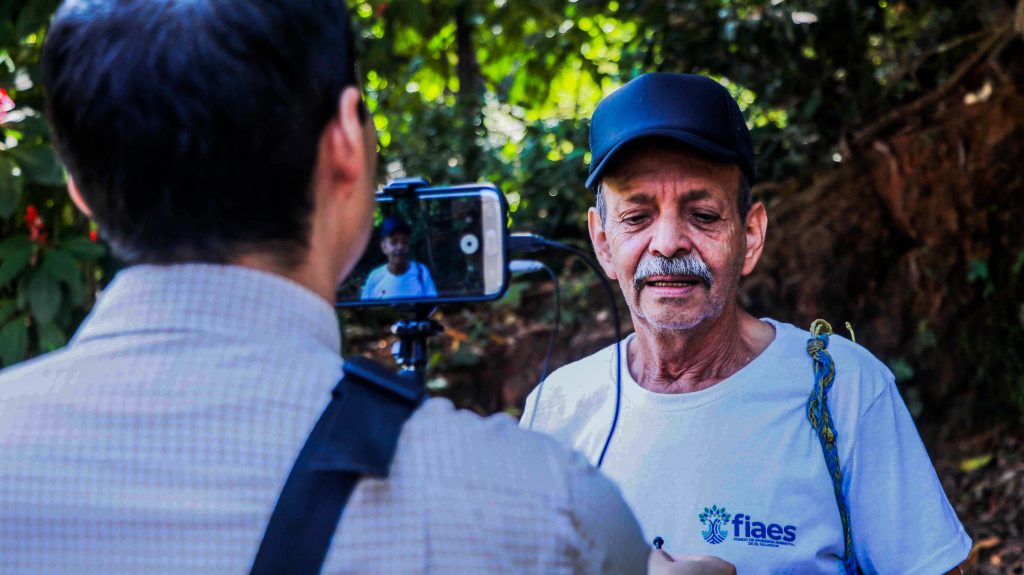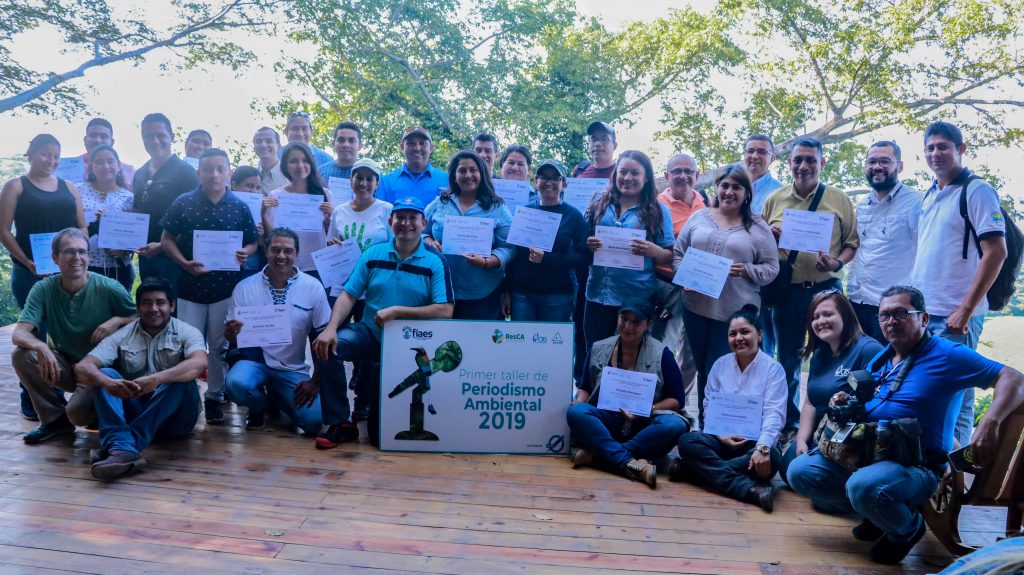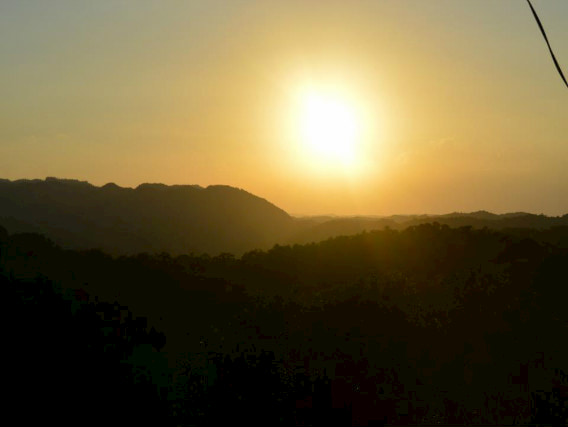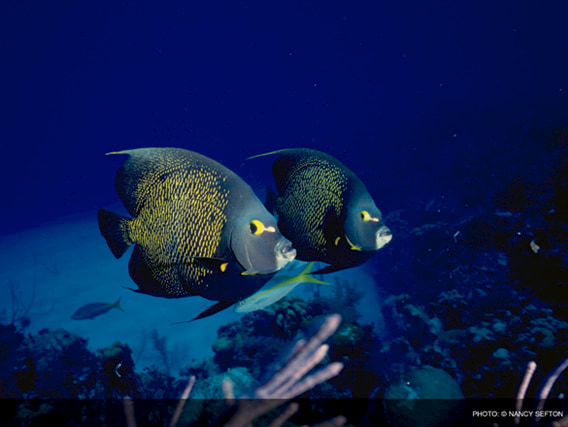Cuando hablamos sobre medio ambiente, nos viene a la cabeza los múltiples desafíos que enfrenta el planeta para preservar los recursos existentes, entre ellos el lograr una ciudadanía más consciente sobre el impacto de sus acciones en los diferentes ecosistemas.
Hemos avanzado de forma acelerada en la década de la restauración y aún quedan muchas cosas por hacer, frente al desafío de cumplir con las metas de Aichi, conocidas como 30×30 que buscan conservar y proteger la biodiversidad en el planeta, sumado a los Objetivos de Desarrollo Sostenible, que algunos específicamente tienen la misma finalidad de frenar el deterioro ambiental.
Para lograr las diversas metas de conservación, la comunicación es una herramienta vital para abordar esta problemática, ya que permite sensibilizar a la población y fomentar cambios en el comportamiento humano. Si aún no se ha considerado como un eje transversal de los esfuerzos de conservación existente, es una herramienta desaprovechada que, de forma bien intencionada, desencadena múltiples reacciones, estrechamente vinculadas a la educación y cultura ambiental.
La comunicación también tiene el rol de educar y es importante entender que la educación es fundamental para lograr la conservación ambiental de los ecosistemas, es una herramienta poderosa para fomentar una cultura de respeto hacia la naturaleza y para promover prácticas sostenibles y de forma estratégica. La comunicación desde los Fondos Ambientales desempeña ese rol clave.
En el Fondo de Inversión Ambiental de El Salvador (FIAES), se impulsa la comunicación como una herramienta eficaz para difundir la importancia de la biodiversidad y las soluciones posibles frente a los nuevos retos que demanda el cambio climático. Además, mediante la difusión de mensajes clave se conecta con las comunidades a quienes se involucra en la planificación y ejecución de iniciativas de conservación.
La comunicación como ciencia es la herramienta principal para fomentar cambios en el comportamiento humano en relación con el medio ambiente, porque las personas son el motor detrás de los problemas ambientales y, por lo tanto, también son la solución.
A partir de esta premisa, es necesario establecer una vinculación especial con los medios de comunicación, sus periodistas, generadores de contenido y comunicadores institucionales. En El Salvador, por ejemplo, se creó una comunidad de periodista ambientales, a quienes se les brindan herramientas técnicas a través de talleres de periodismo ambiental y facilitamos el acceso a fuentes especializadas sobre la conservación específica de los diferentes territorios del país.
Las iniciativas de comunicación que promueve en FIAES son utilizadas para fomentar buenas prácticas, como la agricultura y ganadería sostenible, el cuidado del bosque y la protección de especies en peligro. Además, en alianza con otros organismos de cooperación, ampliamos la formación a temas de conservación de recursos como suelo y agua, pero también el uso de energías renovables, la reducción del consumo de agua y la gestión adecuada de los residuos.
Sin duda, también la comunicación es un arte que refuerza las iniciativas de conservación, despertando emociones y la pasión por la biodiversidad y sus ecosistemas, reflejados a través de espectaculares fotografías o videos que nos trasladan a maravillosos paisajes y nos muestran la cotidianidad de las comunidades.
Esto incluye, otra forma de comunicar desde FIAES para promover la importancia de las acciones de conservación, a través de la difusión de historias y ejemplos de éxito, con un impacto directo en los diferentes públicos. Las historias son una forma poderosa de transmitir información y de inspirar a la gente a tomar acción. A través de una Exposición Fotográfica y la Revista Mejor Ambiente, se cuentan historias de éxito de conservación ambiental para fomentar la esperanza y la confianza en que es posible generar aptitudes resilientes para las comunidades.
Es importante destacar que la comunicación, con su doble perspectiva, tanto científica como artística, debe ser inclusiva y adaptada a las necesidades de los diferentes grupos de personas con los que nos relacionamos.
Parte de una comunicación clara, accesible y relevante para que pueda llegar a un público amplio y diverso. Además, es sensible a las diferentes culturas y valores de las personas, lo que significa que las estrategias de comunicación están adaptadas a las necesidades específicas de cada comunidad.

Nelson Rodriguéz, Técnico de Prensa de FIAES







